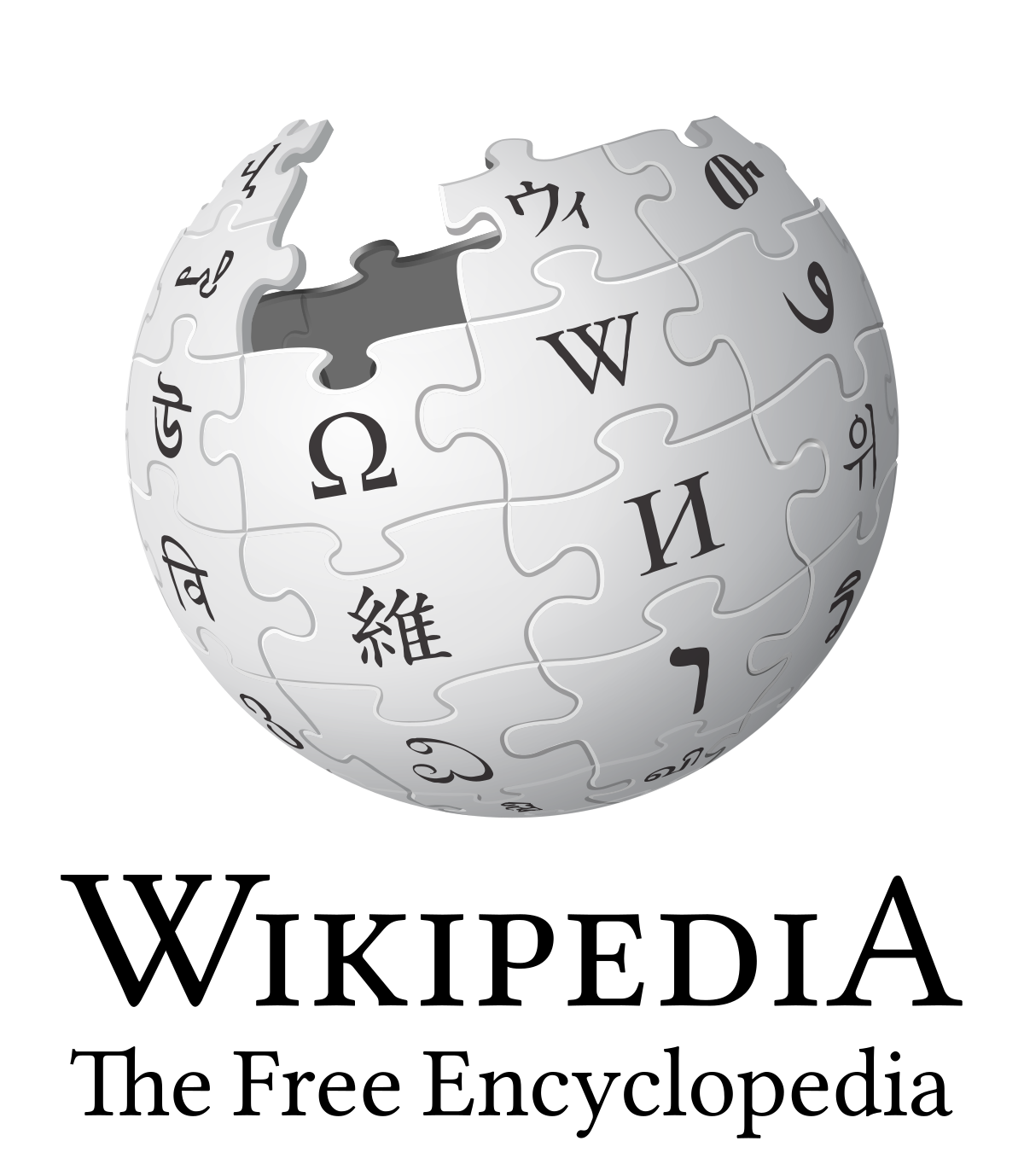 By Wikimedia Foundation, CC BY-SA 3.0, Link
By Wikimedia Foundation, CC BY-SA 3.0, Link
Using Wikipedia to Find A "Good" Article
Conduct a Google search to find a Wikipedia article on this topic. You can also go to https://en.wikipedia.org/wiki/ to search within Wikipedia. What makes a Wikipedia article a "good" article? That's for you to decide! Here are key things to look for in a Wikipedia article:
- Introduction/overview/summary paragraph(s) at the top of the page. This will help you decide whether this article is related to your topic or not.

- Announcements at the top of the page such as:

-
- Wikipedia has its own editorial process. It's not the same was scholarly peer review, but it does rely on interaction between Wikipedia users to make decisions about the quality of articles. If there's an issue with an article, you'll see a message like the one above.
- “Good Article” or “Featured Article” designation. This means that Wikipedia editors and users have determined that this article meets their standards for quality.


- Clear organization with headings/subheadings. A visual roadmap helps you navigate, read, and understand the article more easily.

- Clickable links to narrower, more specific articles within the body of the article. This helps you dig deeper and expand your knowledge of a topic.
![screenshot of first paragraph of wikipedia article on active learning. "Active learning is "a method of learning in which students are actively or experientially involved in the learning process and where there are different levels of active learning, depending on student involvement."[1] Bonwell & Eison (1991) states that "students participate [in active learning] when they are doing something besides passively listening." According to Hanson and Moser (2003) using active teaching techniques in the classroom create better academic outcomes for students. Scheyvens, Griffin, Jocoy, Liu, & Bradford (2008) further noted that “by utilizing learning strategies that can include small-group work, role-play and simulations, data collection and analysis, active learning is purported to increase student interest and motivation and to build students ‘critical thinking, problem-solving and social skills”. In a report from the Association for the Study of Higher Education (ASHE), authors discuss a variety of methodologies for promoting active learning. They cite literature that indicates students must do more than just listen in order to learn. They must read, write, discuss, and be engaged in solving problems. This process relates to the three learning domains referred to as knowledge, skills and attitudes (KSA). This taxonomy of learning behaviors can be thought of as "the goals of the learning process."[2] In particular, students must engage in such higher-order thinking tasks as analysis, synthesis, and evaluation.[3"](https://iu.instructure.com/courses/1625755/files/103813616/download?wrap=1)
- References at the end of the article. This means that the writer of the article consulted sources to write it. If some or all of the references have links, that’s even better, because this means you can check out the references yourself.


 By Wikimedia Foundation, CC BY-SA 3.0, Link
By Wikimedia Foundation, CC BY-SA 3.0, Link